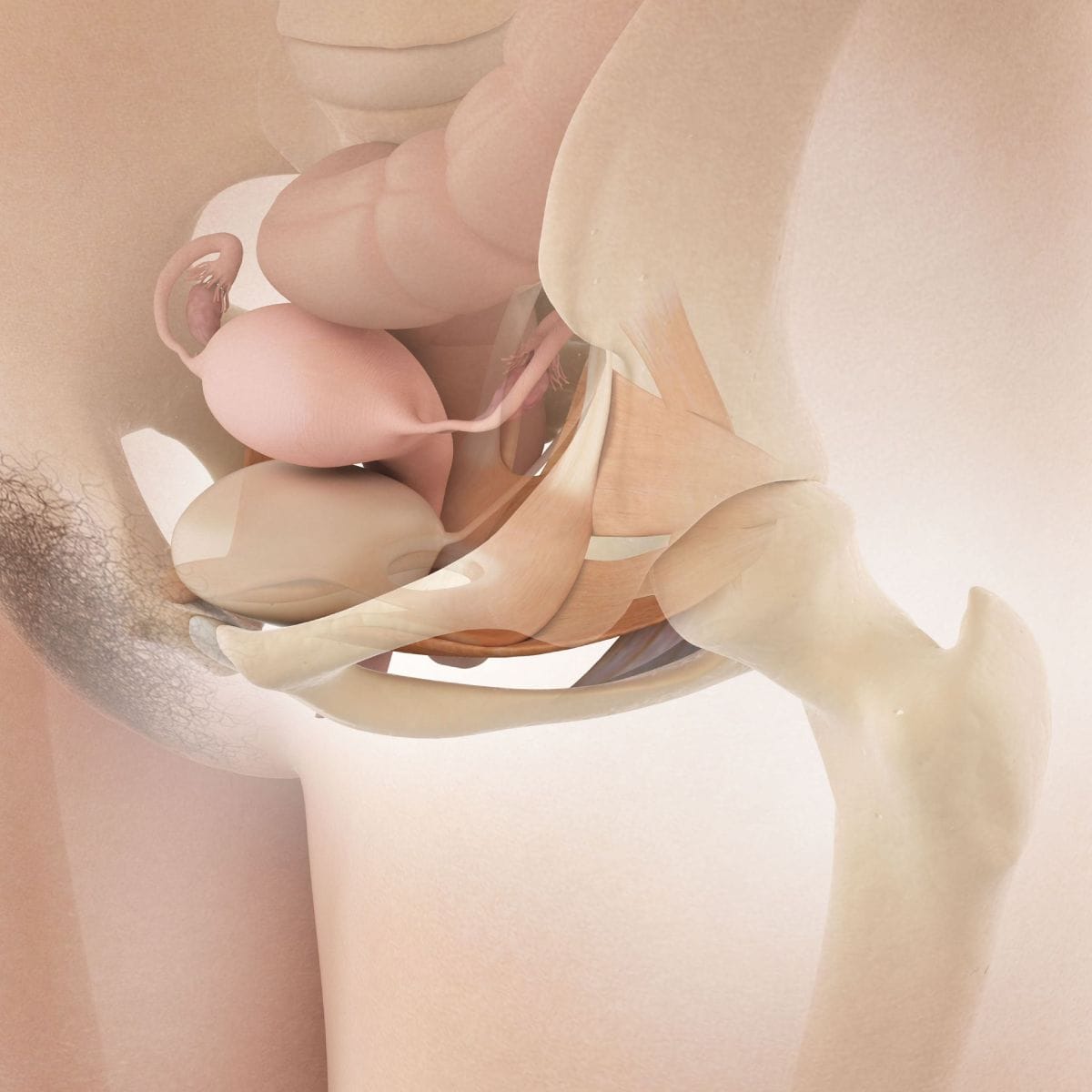A significant shift is taking place in healthcare. People want to feel good, look good longer, and ultimately achieve greater longevity by taking their healthcare to a higher personal level. Optimizing long-term physical and mental well-being is doable. Identify, understand, and engage in behavior that treats the root cause(s) of health issues. Often referred to as “Root Cause Medicine,” this unassuming approach seeks to treat the cause not the symptom.
Media has played a major role in exposing people to the “Root Cause Revolution.” Covid, chronic stress and diet are constant themes. Americans are increasingly aware the foods they eat can be a major factor in how they feel and may be a cause of their symptoms. Indeed, some processed foods Americans eat are banned in other nations as toxic. Adults of all ages recognize short patient visits (10 to 15 minutes) and being prescribed medications without understanding the underlying issue, is not personalized. Non-narcotic, non-surgical and diet solutions are familiar in Europe but rarely offered to patients in America – even though we are a world leader in stimulation technology! The American Medical Association estimates 37 percent of adults seek alternative treatments for their wellness like yoga, acupuncture, diet changes, and even private blood assays. It is an upward trend. So, Americans increasingly understand a “true fix” in health, like fatigue (a major complaint of adults over 55 years of age), must treat the cause not mask the symptom. Understandably, influencers share their ideas on diet, exercise and how to age gracefully. Many seek proven non-narcotic and non-surgical solutions in their quest.
For example, in Europe, rehabilitation medicine regularly uses muscle stimulation to treat patients at home with issues caused by the postpartum loss of muscle tone (the ability of muscle to relax and contract with control). In organic exercise, the brain sends a mild electrical signal to the muscles to contract and relax. Muscle stimulation has been available to patients in Europe for over 60 years. There are no drug interaction issues because muscle stimulation is non-narcotic and since it is non-surgical, there is no invasive procedure. In France, new mothers are prescribed muscle stimulation devices as an integral part of their standard recovery procedure. The FDA has begun to clear devices used to treat the causes of incontinence at home saving consumers money, embarrassment and freedom from leaks. Yet, unfortunately healthcare insurers only provide selective coverage, even for postpartum
Pelvic Floor Therapy and How It Works

Figure 1: Visceral organs in natural proper position
The muscles of the pelvic floor hold and directly support a woman’s organs including the bladder, uterus, bowel and intestines (see figure 1). If the muscles of the pelvic floor weaken and can no longer hold the organs in their natural position, the organs shift.
The change in position places pressure on the bladder (see the red arrow in figure 2). The pressure can results in stress urinary incontinence – leaking when you cough or laugh. Additionally, muscles that have been without use can contract spasmodically (cramp) causing urge incontinence. Mixed incontinence happens when the patient has both urge and stress urinary incontinence. Muscle stimulation tones the muscles of the pelvic floor. Muscle stimulation brings tone to the muscle fibers which gently returns the organs to their natural position.
Blood flow from stimulation brings oxygen and nutrients to the organs and removes waste. Tone and healthy muscles of the pelvic floor treat the cause of incontinence and end the symptoms!

Figure 2: Visceral organs putting pressure on the bladder position
About 40 million women in the U.S. experience Female Urinary Incontinence (FUI) each year. Approximately 13 Million American women have severe FUI symptoms. Scientific studies indicate women from college age through their 30’s to women 54 years and older, experience occasional to frequent urine leakage. Micro repetitive impacts like from running, trampolining, or horseback riding weaken the pelvic floor. Again, muscle stimulation invigorates the muscles treating the weakness and ending the pain! In addition the contract-release action of the muscles bring therapeutic blood flow to the pelvic area. Improved vascular action may be pathway for treating pain for some with Pelvic Congestion Syndrome.
Exercise therapy to tone the pelvic floor muscles is an essential aspect of post-partum care in Europe. Globally, a significant number of women find it difficult to determine if their pelvic muscle exercises (Kegels) have been performed correctly. As with any exercise, the benefit gained from the exercise is significantly diminished if the exercise protocol is poorly executed. Biofeedback devices alone may not be appropriate for women who do not have adequate pelvic floor muscle control because biofeedback records muscle activity only. Happily, electrostimulation works the pelvic floor muscles correctly and conveniently, and devices like the Yarlap® can be used to re-educate muscle for better control/ tone.
Root Cause Medicine empowers a patient, taking personal healthcare to the next level. It is meant to complement traditional medicine and not replace it. Regularly consult your physician and look for reliable sources in design and manufacturing. Purchase direct from the manufacturer or a reliable source. Be warned, a cheap devise is low-cost by design.
DISCLAIMER: THIS WEBSITE, YARLAP, AND RLI, INC. DO NOT PROVIDE MEDICAL ADVICE OR DIAGNOSIS. The information, including but not limited to, text, graphics, images and other material contained on this website are for informational purposes only. Any information published on this website or by this brand is not intended as a substitute for professional medical guidance and should not be used during any medical emergency or for the diagnosis or treatment of any medical condition. Always seek the advice of your physician or other qualified health care provider with any questions you may have regarding a medical condition or treatment and before undertaking a new health care regimen, and never disregard professional medical advice or delay in seeking it because of something you have read on this website. Links to other sites are provided for information only – they do not constitute endorsements of those other sites or any recommendations or advice contained therein.

